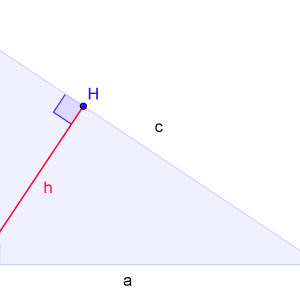The Bradys table is essentially not one table, but the collective name of the tables created by Mathematics V.M.Bradis in 1921, to calculate the values \u200b\u200bof the trigonometric functions presented in degrees. Without them, to find the meaning of any function, there would have to make many complex computing. Now the brady's tables are used mainly to solve mathematical tasks in middle classes.
Why do you need Bradys tables?
In practice, Bradys tables are used when performing complex engineering calculations. Mathematics Vladimir Bradis, facilitated the task of calculating complex functions to many engineers and not only. Currently, all these functions can be calculated using a calculator, even on the usual phone.

The procedure for calculations on the Bradys table
Bradys tables There are several, they are called "four-digit tables", because the four important numbers are stored when calculating. There are tables for calculating the product of two-digit numbers, tables of squares and cubes, square roots, fractions, cosine, sinuses, tangents, catangents, logarithms and others. All these tables allow not to waste time on tedious calculations, but simply find a ready-made response to crossing rows and columns.

How to work on the brady's table?
Consider how to use the Bradys table in the calculations on the example of sinuses and cosine. In the top line, minutes are shown, in the extreme right column - degrees. Three extreme right columns are amendments for more accurate calculations.
- Danar: Find SIN 40 ° 30 '+ COS 32 ° 15'
- To find SIN 40 ° 30 'In the extreme left column, we find the value of 40 °, in the top line 30' and find their intersection. We get 0,6494.

- To find the cosine value, the same table is used, but the degrees are in the fourth column from the edge to the right, and the minutes in the row from the bottom.
- We find the intersection of 32 ° and 12 ', because the table uses the minutes divided by 6. We get 0.8462.

- In the same line, we find the intersection with a column of the amendment to 3 'and add to 0.8462, because we need to find the value of 15'. It must be remembered that for cosine the amendment will have a negative sign. 0,8462 + (- 0.0005) \u003d 0,8457
- Answer: SIN 40 ° 30 '+ COS 32 ° 15' \u003d 0.6494 + 0.8457 \u003d 1.4951.
So there is nothing complicated in the application of brady's tables. The main rules of which are attentiveness when finding values.






























